Pubs and saloons of the 1800s
Unlike other furniture, such as chairs, beds and dining tables, the home bar is a recent invention. At its core, what is a bar? It’s essentially a counter from which drinks are served. For centuries, some form of a “drinking establishment,” an inn or a tavern, often run by a family, existed and was the center of community in European villages, towns and cities. You would order a drink, and you would be served at your table. It was also a place to eat, socialize and sometimes do business. Around Europe, during the medieval era, the inn was a rural hotel that provided shelter, food, drinks and they would accommodate your horse as well! Traders and pilgrims saw inns as a necessity on their treacherous journeys. While the inn was for common people, taverns and public (drinking) houses (known today as “pubs”) appeared in the 16th century to cater to the upper classes.
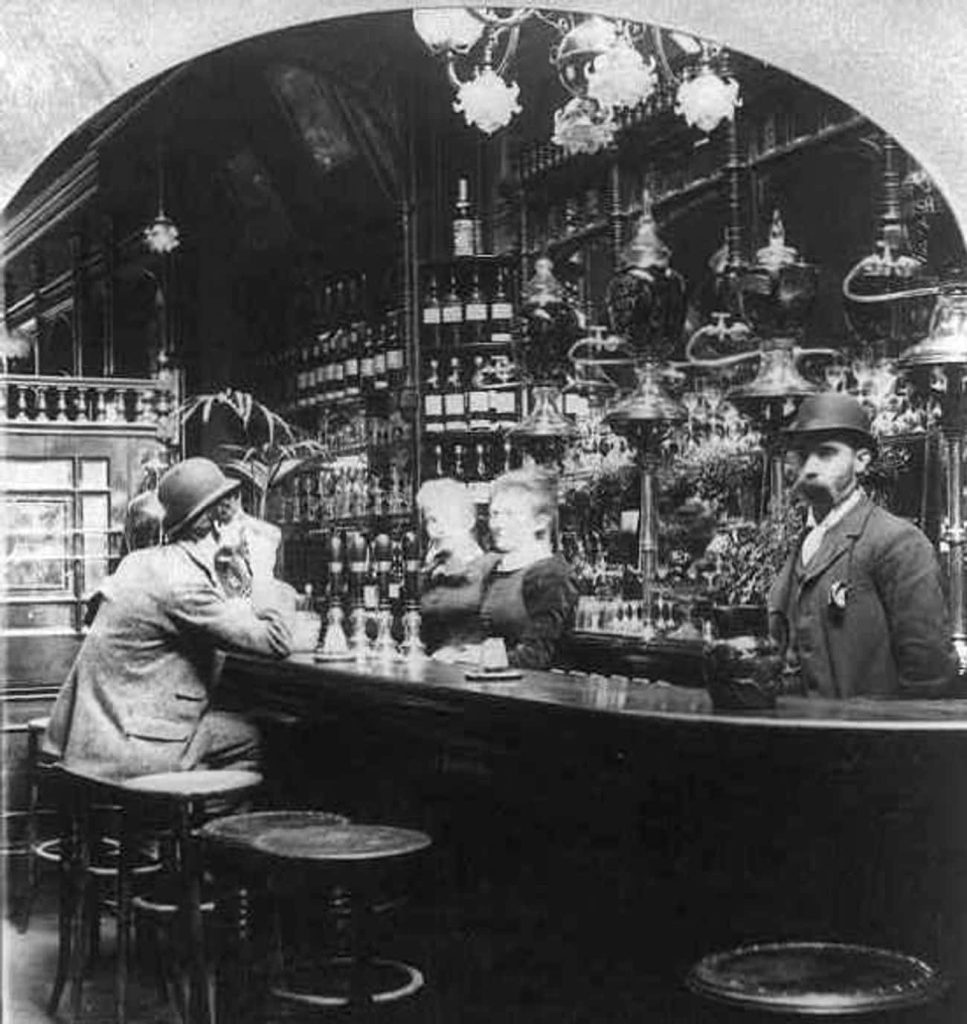
From the 1800s, pubs spread around Europe. In USA, they were known as saloons. If everything is being industrialized and streamlined—a case in point is the rise of commercial brewers—then public drinking had to follow the trend. These bars were important to the working class, because patrons could also take a break there, and perhaps order a meal. Many of the sought-after Brunswick style bars today date back to the Brunswick-Balke-Collender catalog that was published in the late 1880s. (Read more about Brunswick bars here.) Saloons were so common that an entire industry of manufacturing wooden bars emerged to fill the gap. During the same era, it was not unusual for wealthy home owners on both sides of the Atlantic to have elaborate, lockable cabinets for storing their valuable bottles. Similar cabinets would become part of the home bar design decades later.
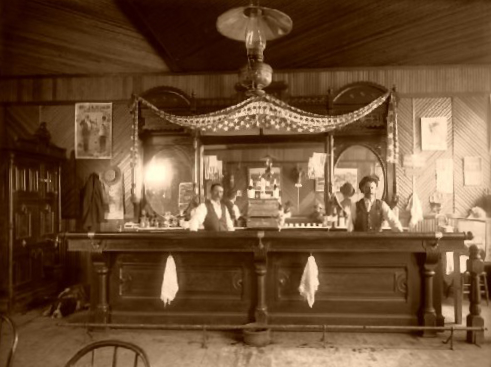
From public bars to illegal home bars
The American anti-drinking movement of the 1910s, which eventually culminated in the Prohibition in January 1920, spelled the end of saloons. It became illegal to make or sell alcohol. But just like the prohibition of most substances, the laws were inconsistent. In many places, the mere ownership of alcohol was a crime but elsewhere people were allowed to drink in private houses and clubs. So those who did not have the means or courage to find booze to purchase and drink at home, went to “speakeasies.” Probably the party atmosphere there was also enticing. These speakeasies were illegal bars. It could be a secret night club or someone’s living room or basement. The name itself comes from speak + easy (in the sense of gently or quietly), as it was against the law. Some of them even required a password to be let inside.
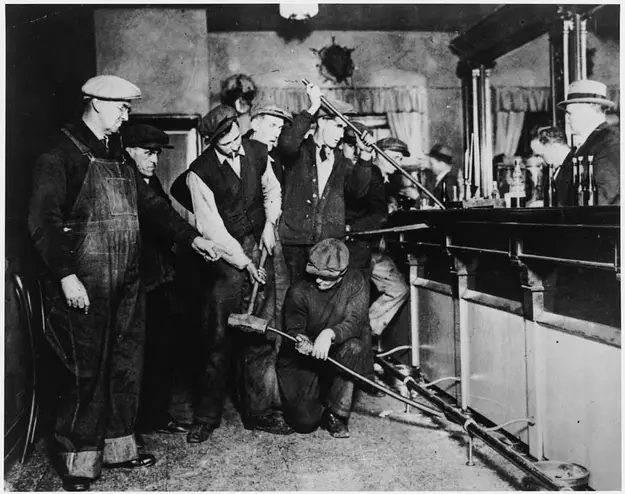
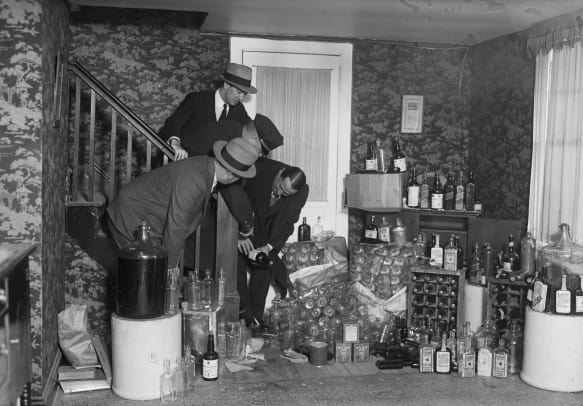
Right: Policemen conducting a raid on a house in Long Beach, NY from which the owner runs a bootlegging business.
In such cases, where home owners were running bootleg operations or just hosting others to drink with them, booze was the center of focus, rather than furniture. It was a simple and temporary operation. Why purchase expensive furniture when cops might raid the place at any point and shut it down? Most homes did not have bar furniture and the ones that did, had only simple wooden bars.
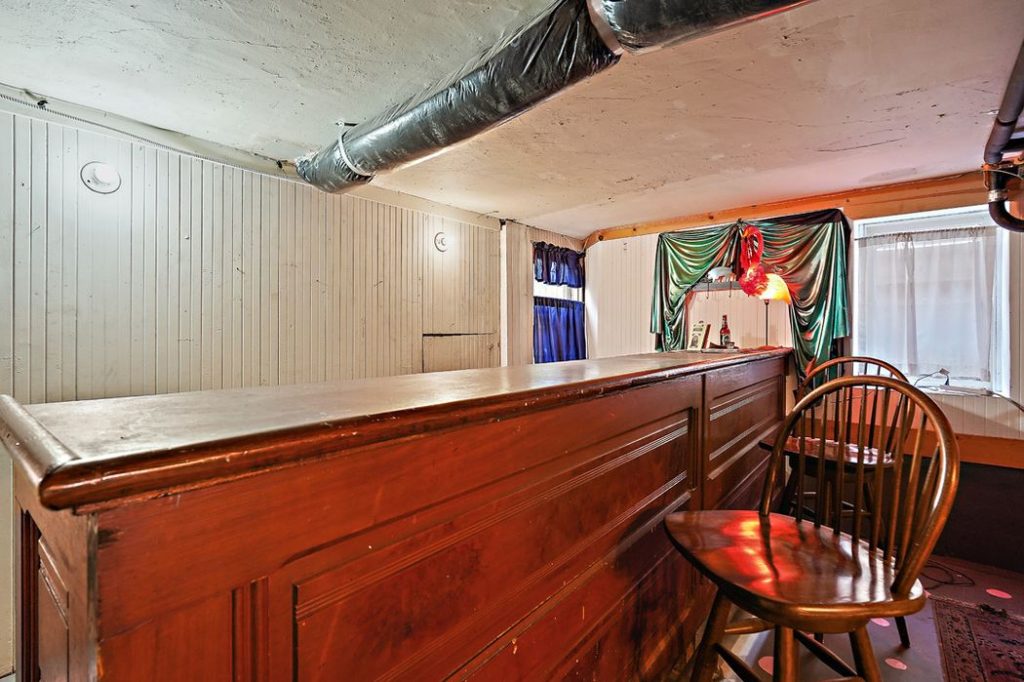
Before the Prohibition, there was no need to recreate the classic pub look and experience at home. That changed during the 1920s, thanks to the Prohibition. So one could say that the modern home bar started as a genuinely American act of rebellion. Ultimately, the home bar “pub experience” would temporarily disappear, and would come back with great success in the 1950s and 60s. Meanwhile other ideas appeared as explained below.
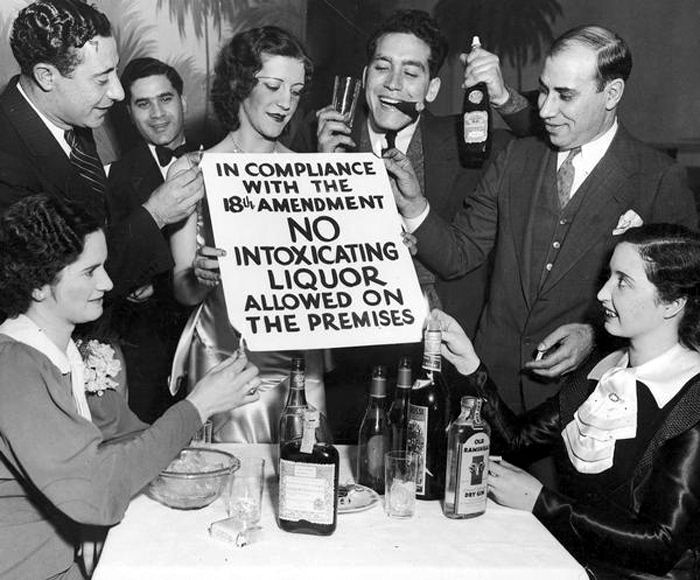
Home Entertainment & Drinking in the Post-Prohibition Period
The Prohibition officially ended in 1933, and over the rest of that decade new inventions emerged. In 1937, a brilliant convergence of traditional craftsmanship, technology and art happened when the American radio company, Philco, released a radio that opens up into a cocktail cabinet. This Art Deco-inspired “Radiobar” was available in ultra-modern materials like aluminum, chromium and Bakelite. Only few could afford it. Imagine how futuristic and prestigious it was to have that Radiobar in your home in the 1930s!
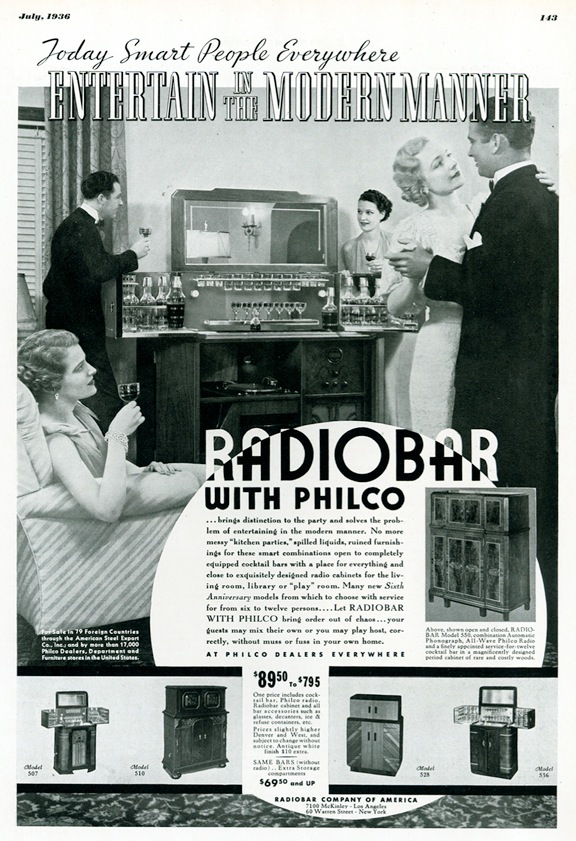
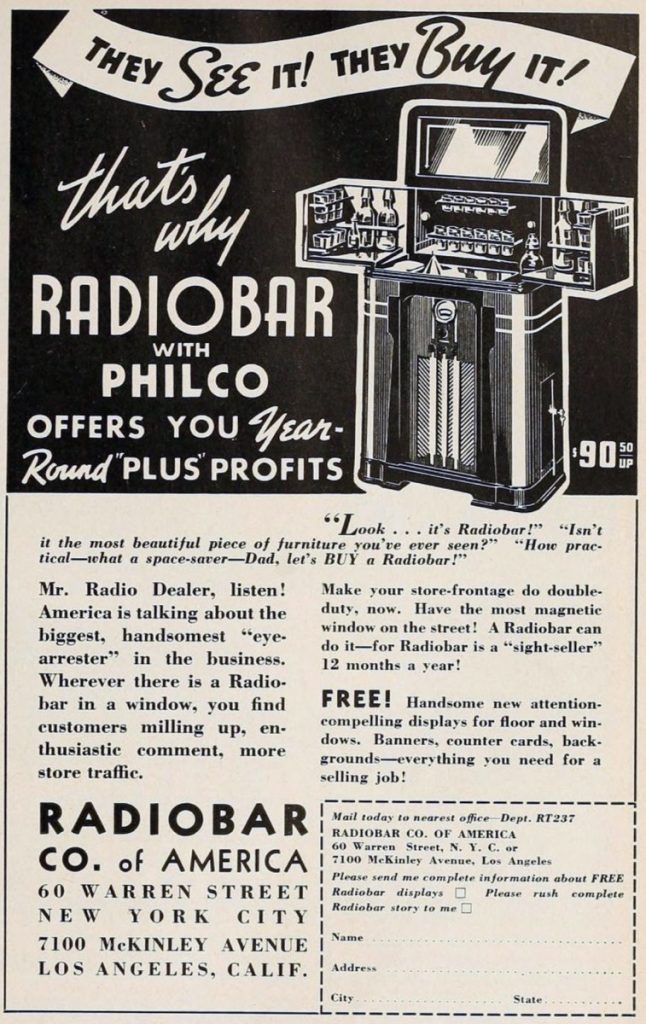
If the Radiobar was exclusive and unaffordable to most homes, another item was available in a wide range of sizes and prices. The tea trolley that servants would bring to you in the Victorian era (the late-1800s) was converted into the bar cart, or the cocktail cart, which is a portable mini-bar on wheels. Unlike cabinets, it would be wheeled around from one room to another, even to the terrace or balcony. They would not boom in popularity until the 1950s.
That fueled the popularity of the drinks tray (the bar cart) in the 1950s. By the 1970s, they faded. However, they made a comeback in recent years. But the bar cart of the 1950s was not without a major competition. Keep reading below.
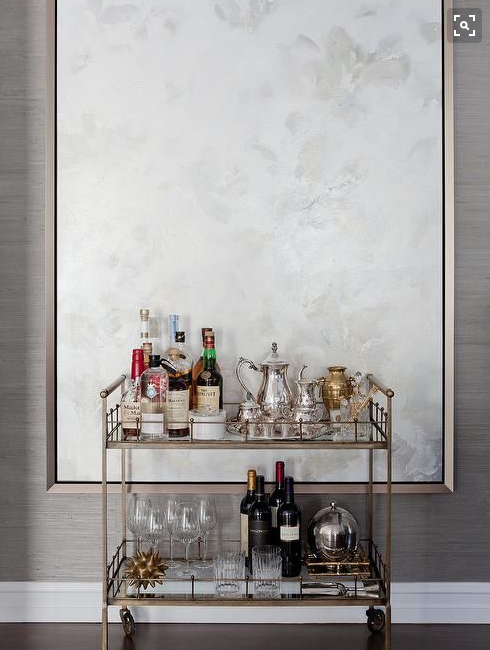
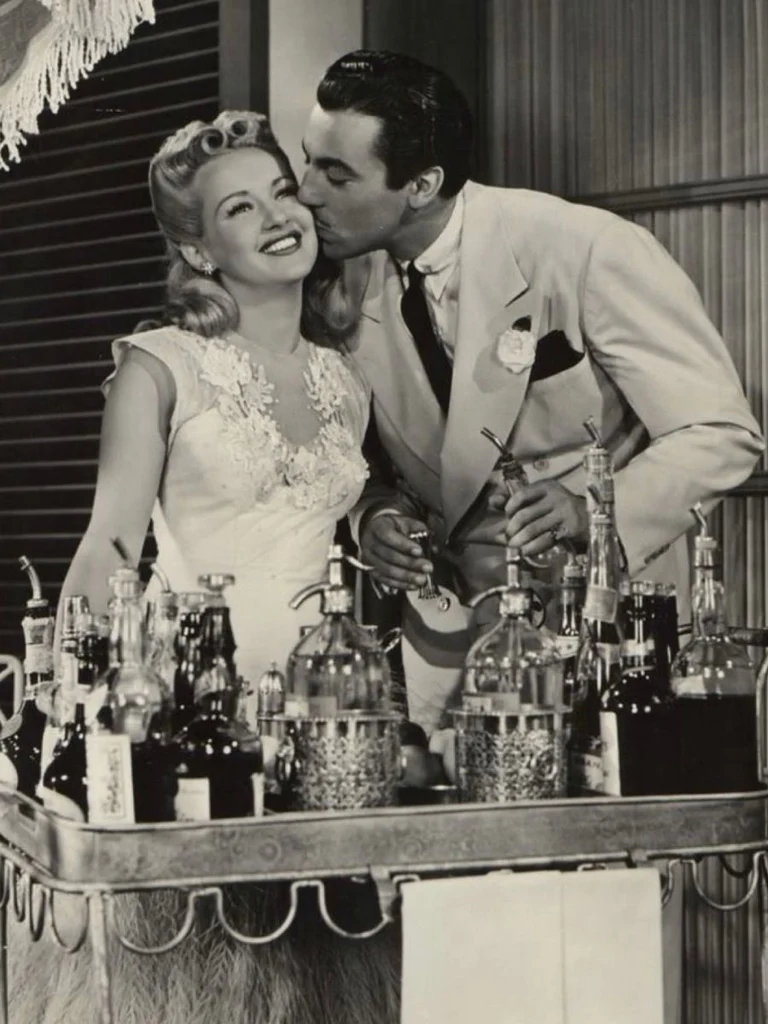
The 1950s: The home bar becomes part of the American dream
After the Second World War, the rising suburban middle class enjoyed one of the most prosperous periods in American history. Since life in the suburbs was far from the nightlife of clubs and bars, families aimed to enhance their in-home entertainment, hence they looked further than the cocktail cart. Remember, men and women at that time did not share housework. Beyond the expensive car and the big house with perhaps a swimming pool, if women could enjoy new luxuries in the kitchen like a refrigerator, a freezer and even a dishwasher, then men could buy a home bar to enjoy a drink or two after they come home from work.
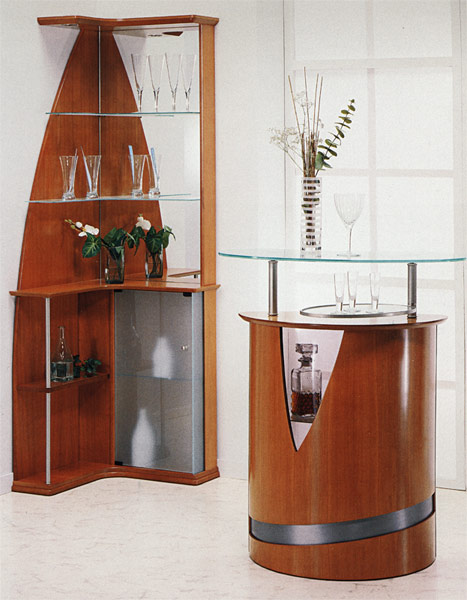
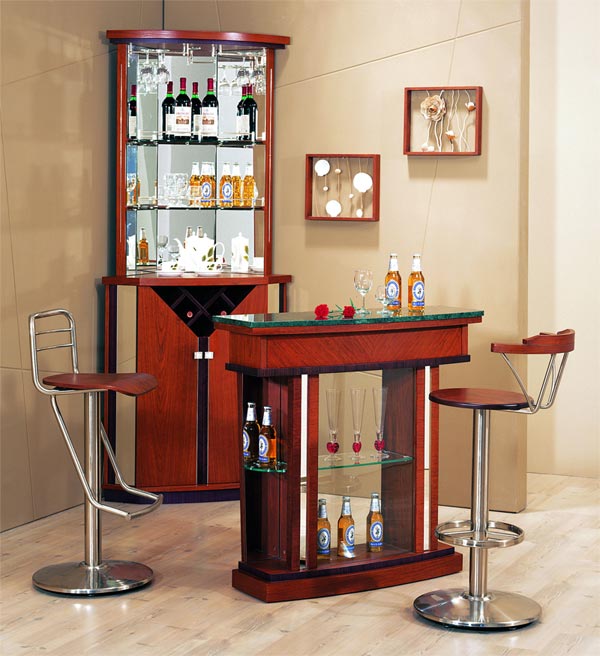
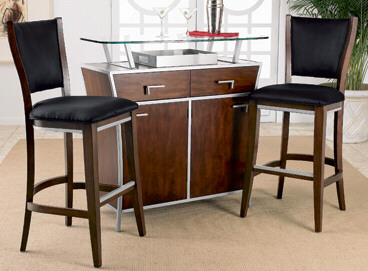
We call that style today mid-century modern. After it became a norm for Americans to have a bar in their homes, it spread to other Western countries. While the original mid-century styles were elegant and understated, over the years, specifically throughout the 1960s and into the 1970s, some models appeared which most people today consider embarrassingly tacky, or kitschy. Looking back, many consider the spread of Tiki bars in suburban homes and the pacific-themed culture craze as another reason residential bars fell out of favor. Sitcoms and movies cemented that unfortunate image of the home bar as naff and old-fashioned. The constant mockery turned home owners away from the idea during the 1980s and 90s. Some speculate that their eventual downturn also owes something to more people going out to restaurants and bars, rather than entertain at home.
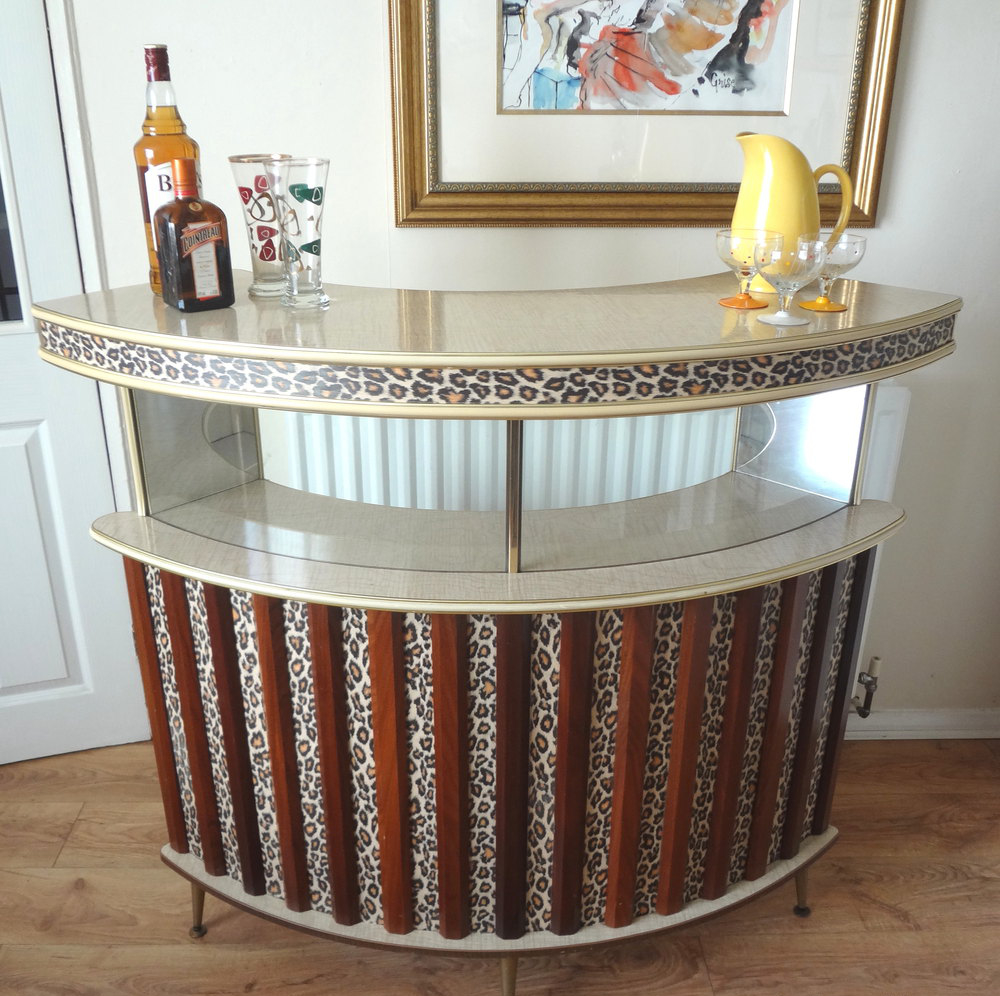
Curiously, these vintage Formica and glass bars are now collectors’ items.
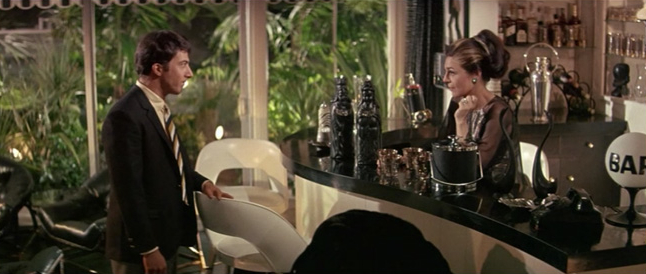
For many years, whenever a home bar appeared on the screen, it would belong to a “dubious” character.
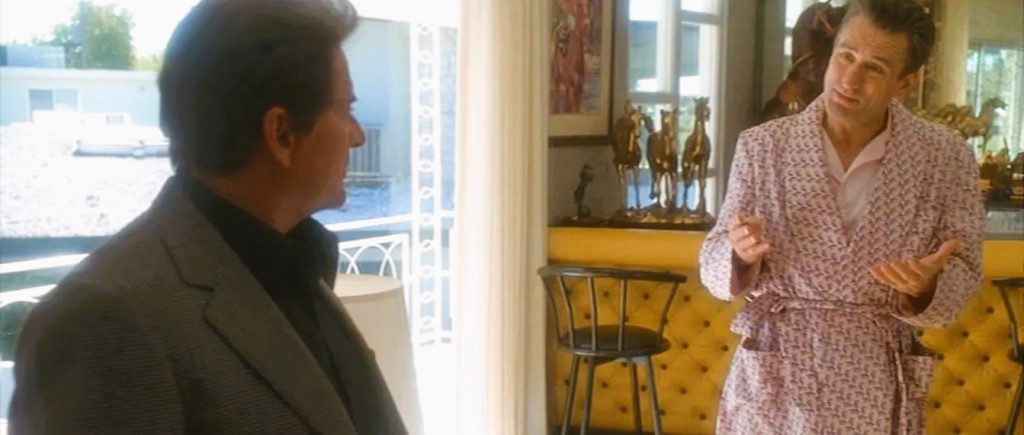
Here to stay: Home bar resurgence in the 21st century
So what happened in the late 90s and the early 2000s that ignited a revival in home bars? Was it the renewed interest in cocktail mixing at home? Was it that people rediscovered the joys of home entertainment? Or perhaps a new generation never encountered the unfortunate kitschy reputation of home bars. Whatever the reason, the resurgence of home bars meant millions of families got to enjoy a sophisticated and classy piece of furniture around which they can enjoy socializing at home. That renaissance was helped by brilliant redesigns that included “wow” features without cringe or extravaganza.
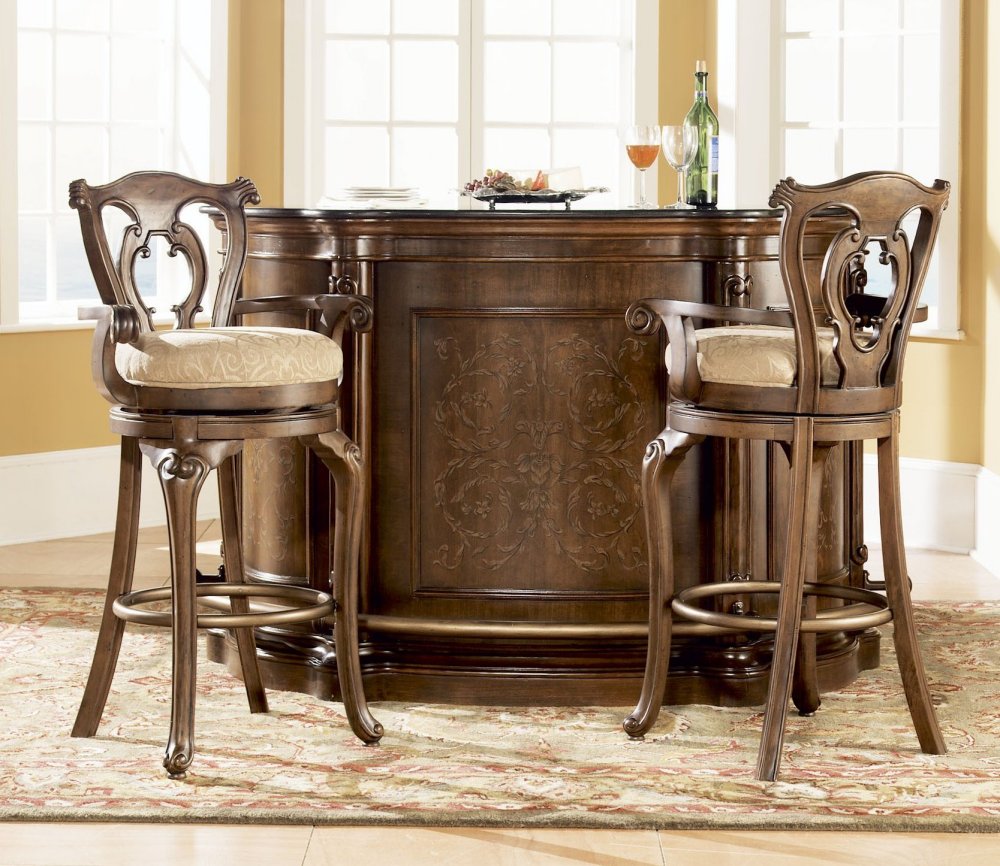
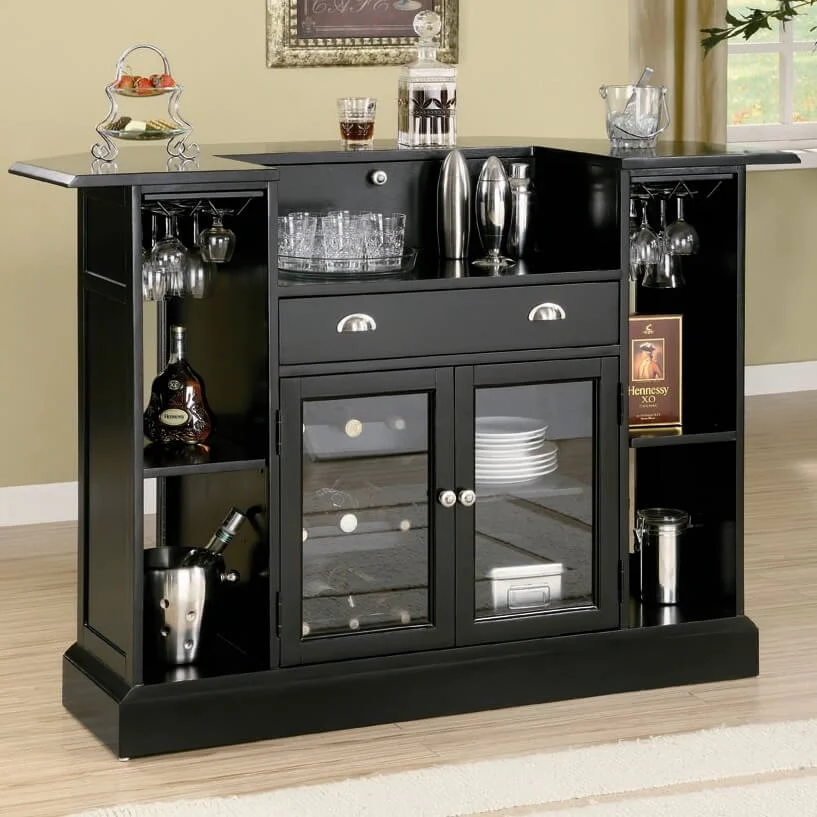
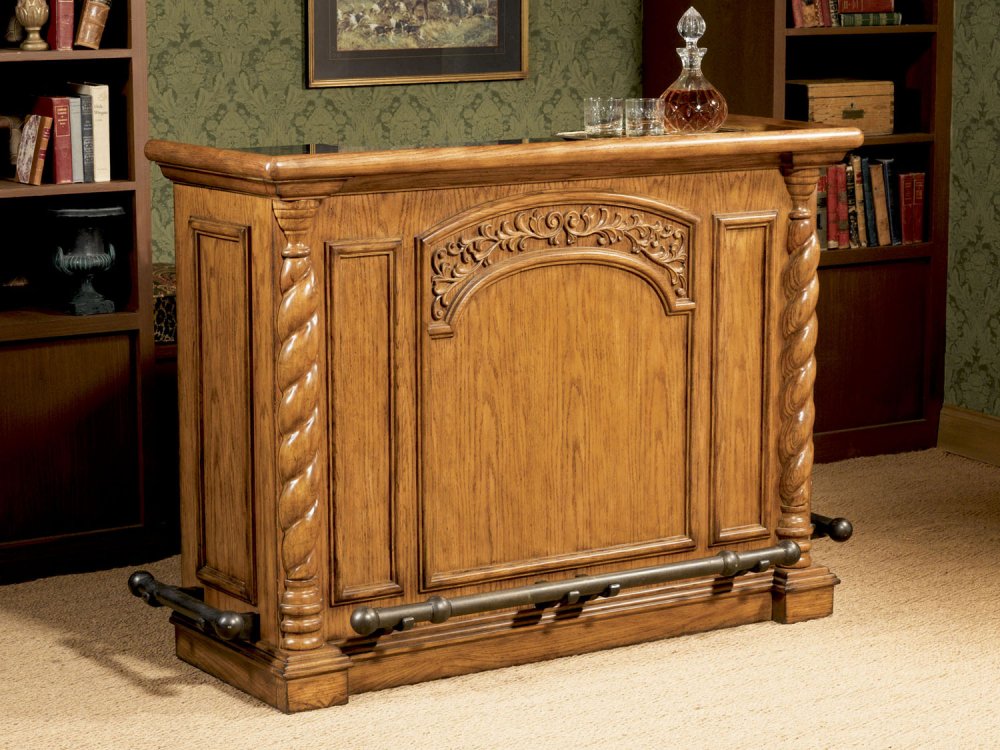
Home bar enthusiasts now have an outlet for their creativity that never existed before. They could have their bars made from wood, brass, glass, steel, aluminum or bricks. Their bars could be small, portable and minimalist. Or huge, elaborate and with a canopy reaching the ceiling. The bars could be U-shaped, C-shaped, L-shaped or straight. The options are endless. As fate would have it, the COVID pandemic lockdowns fueled an even higher demand for safe entertainment at home. This glamorous, yet affordable, home accessory is finally here to stay, and who wouldn’t be delighted with a host behind their home bar asking, “What can I get you to drink?”
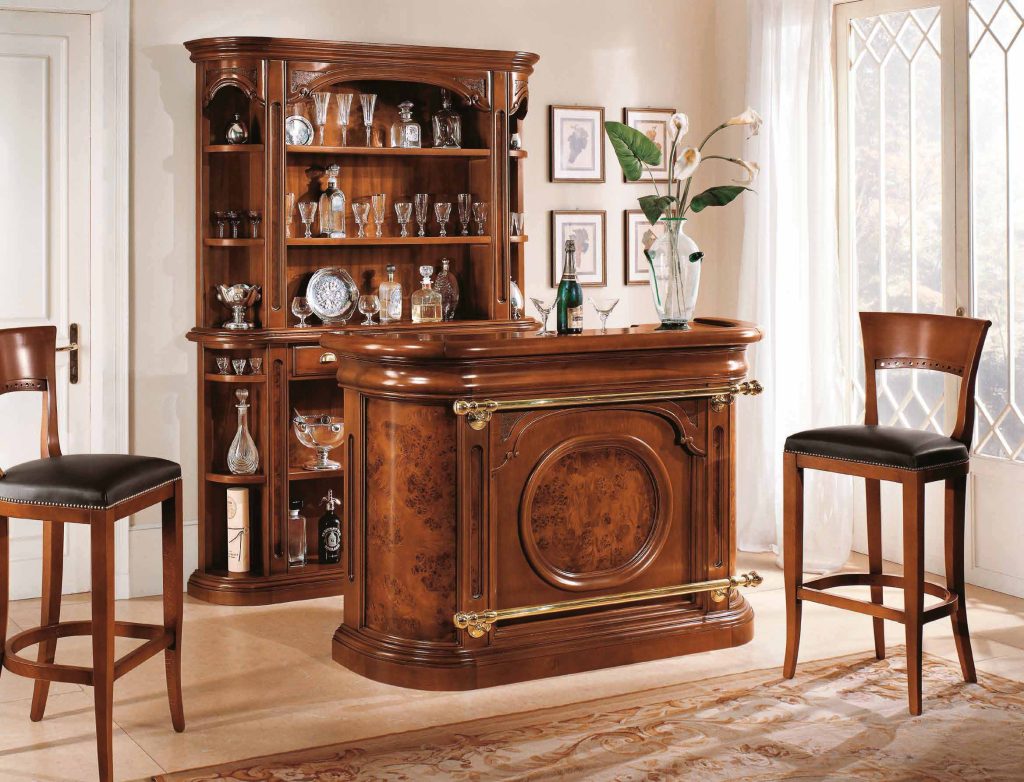
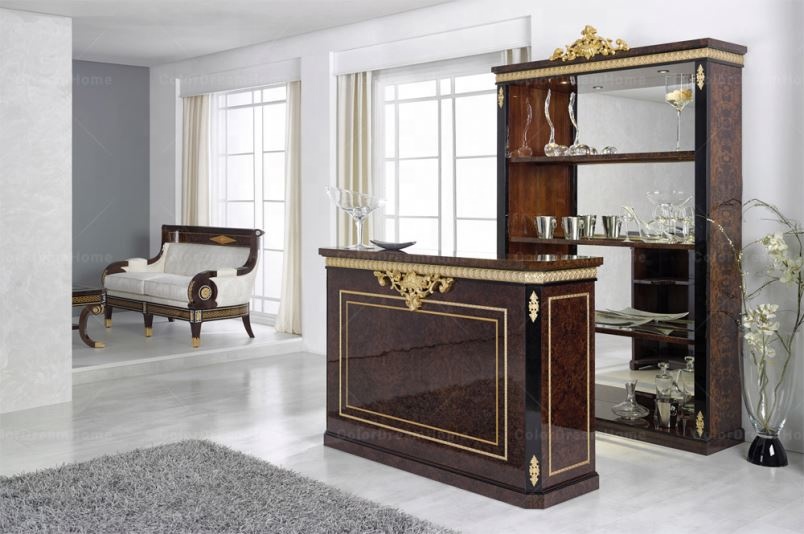
Keep reading: 20 reasons to buy a home bar





